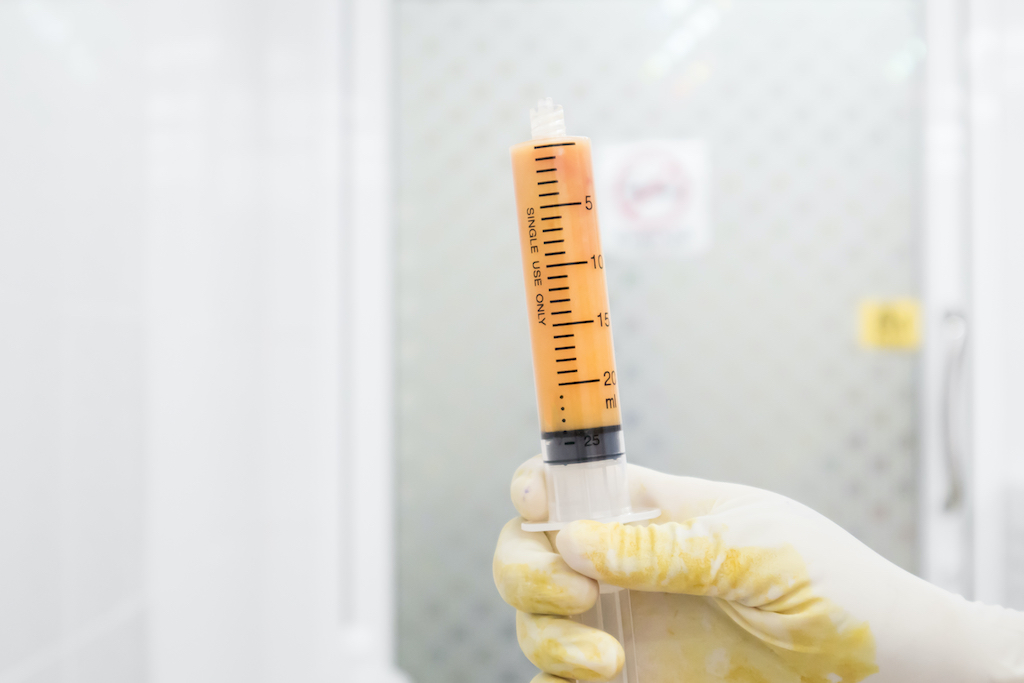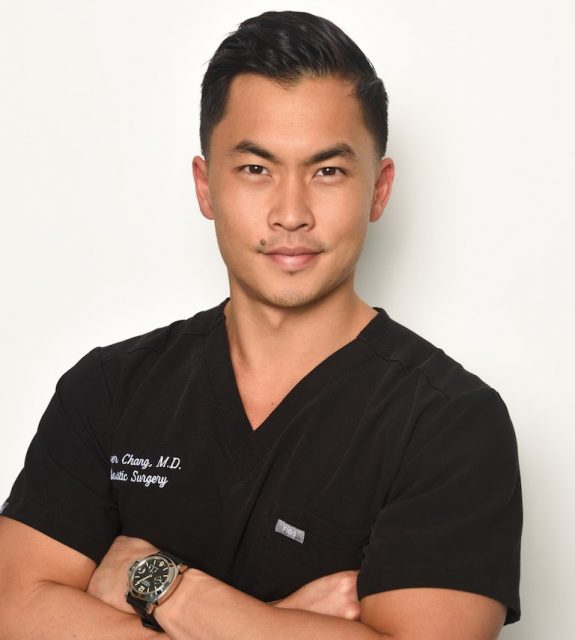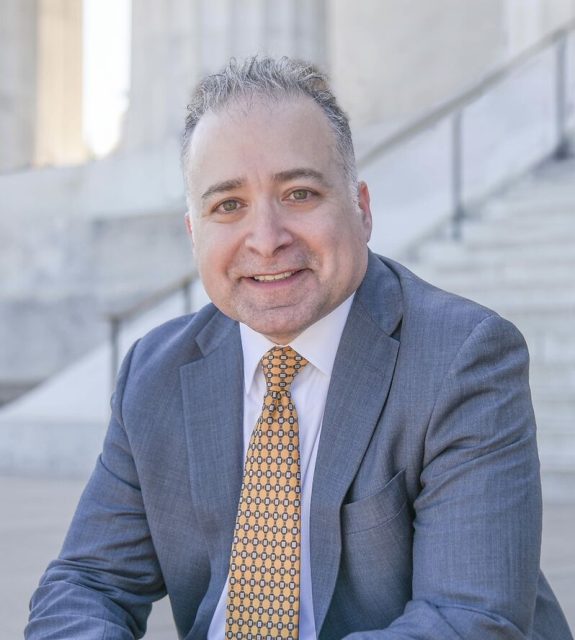
Dr. Asaad H. Samra, a native of New Jersey, received his Bachelor of Arts in Biology in 1997 from the highly prestigious Johns Hopkins University in Baltimore, MD. He then returned to NJ where he obtained his medical degree in 2001 from the prominent UMDNJ – Robert Wood Johnson Medical School. Upon graduating, he went on to train in Plastic and Reconstructive Surgery at Baylor College of Medicine’s world-renowned integrated residency program located in the largest medical center in the world, The Texas Medical Center. While there, Dr. A. Samra obtained extensive experience operating with some of the nation’s top surgeons in some of the country’s finest institutions including The Methodist Hospital, Texas Children’s Hospital, and MD Anderson Cancer Center. Haute Beauty sits down with Dr. Samra to learn more about fat grafting for breast augmentation.
HB: What is fat grafting for the breast?
Fat grafting to the breasts. This is. procedure in which fat is harvested from the typically the abdomen and flanks and then collected and injected into the breast. This can be done to address areas that need more volume or a “touch up” after an augmentation, or as the only form of breast augmentation.
HB: How does fat grafting for breasts work?
One must have “enough” fat to be a candidate for this procedure. So if you’re too skinny this isn’t a good option for you. Liposuction if done firsts to harvest fat. Again, the most common sites are the abdomen and flanks, but hips and outer thighs could also be used. The fat it s then collected and injected into the areas of the breast that we want to increase volume or improve shape. The transferred fat does need to find new blood supply to survive the transfer otherwise it will simply melt away.

HB: Who is the best candidate for this procedure?
The best candidate is someone who needs or wants a small improvement and has fat available to transfer.
HB: How does this treatment compare to others of the same nature?
When compared to implant-based augmentation, this is an all-natural option using a patient’s own fat. The tradeoff is that it is unclear how much of the transferred fat will survive the transfer (with some reports showing as much as 50% loss) and therefore may need to be repeated.
HB: What does recovery look like?
The recovery takes about 4-6 weeks and involves recovery from both the abdomen and the breasts. Total fat survival, or “take”, is determined at 6 months. At that time any additional fat grafting needs would be assessed.
For more information, visit Dr. Asaad H. Samra's social media:






















